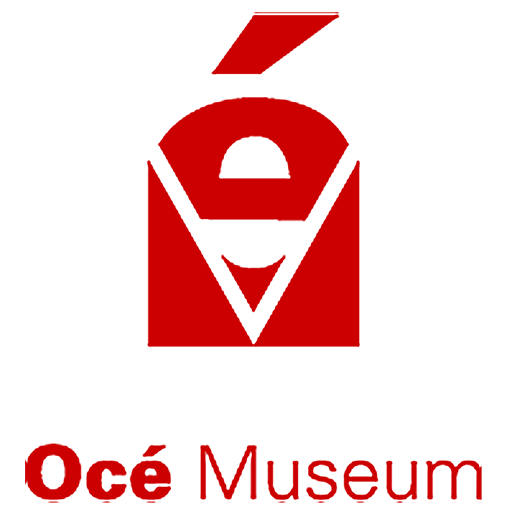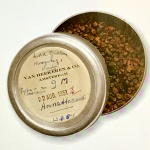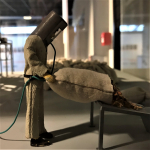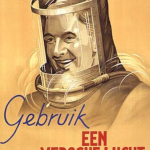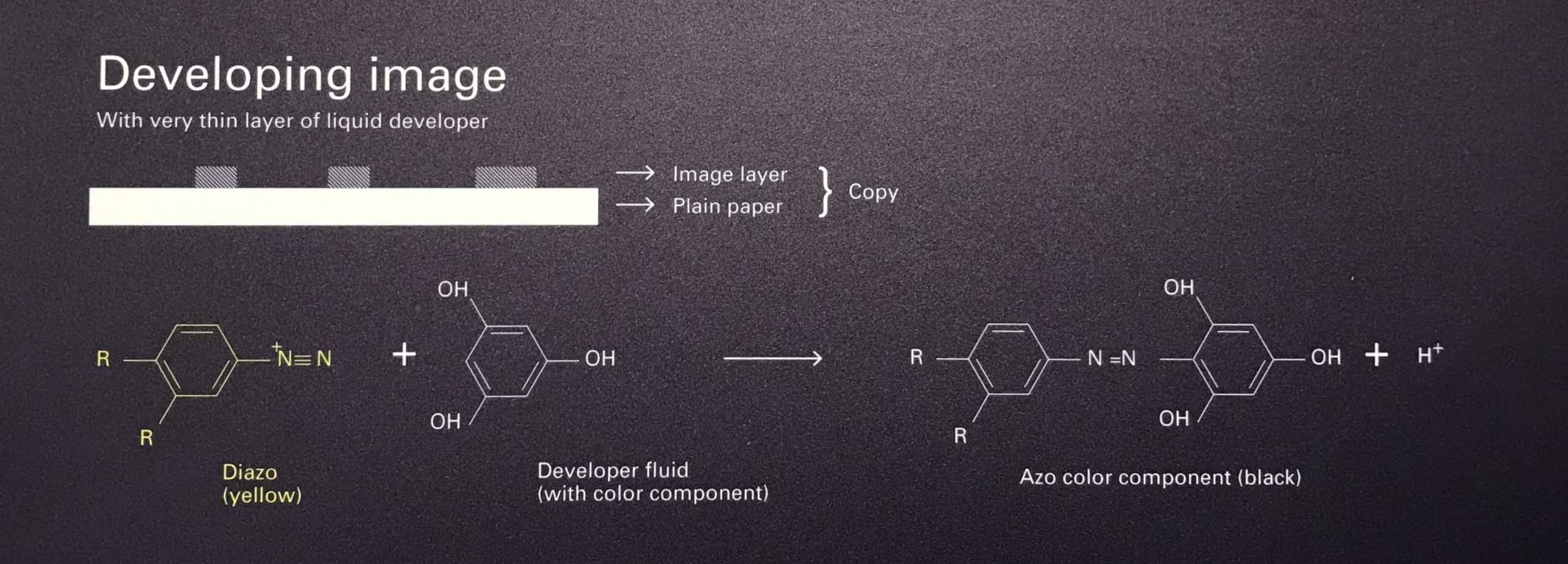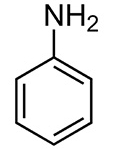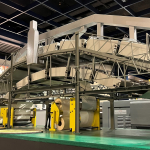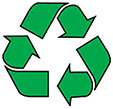Louis was a pharmacist. You choose that profession if you want to help people to live as healthy as possible.
Lodewijk made medicines, but was also concerned with the environment. Like testing drinking water. His greatest invention, butter coloring, consisted of plant seeds (annatto) and vegetable oils.
When it turned out that the workers in his factory were bothered by the dust from the annatto seeds and other chemical substances, Frans van der Grinten provided them with a compressed air mask (1924). It earned him an Honorable Mention and a gold medal from the Safety Museum in Amsterdam.
Van der Grinten continued to develop and produce such protective equipment for his own use, and also brought it onto the market around 1935. Later (1958) this activity was transferred to a spin-off company.
In 1927, Louis van der Grinten developed a new diazo process in which the environment-damaging ammonia gas was no longer necessary. The liquid developer was odorless and non-toxic.
For margarine (cheaper) aniline-based dyes were also manufactured. In 1949, Piet van der Grinten completely abolished the use of these chemical dyes because he was concerned about their safety (for butter natural raw materials were used from the start).
Solvents used to coat the diazo layer on paper were initially discharged into the atmosphere, but from 1983 Océ fitted coating machines with condensing cabinets that captured 97% of the solvents for reuse.
In 1990 Océ set up an “asset recovery” department, in which recovered depreciated devices are dismantled for reuse of usable parts.
Copy paper consists for more than half of recycled paper.
From 2011 Océ also sold copy paper made from 100% recycled paper, certified “cradle-to-cradle”.
One environmental-saving innovation followed the other in the devices as well:
The Océ 7050, the first ECO copier with ultra-low standby power and suitable for recycling. (1995)
The Océ VarioPrint 6000, a high-productivity printer that can print double-sided directly and thus reduce paper consumption by up to 50% (2006)
The Océ CPS color printer series, which emits no ozone (2007)
The Océ ColorWave 600, with emission-free full color inkjet technology, which has solid non-toxic residual toner (2008)
The Océ varioPrint 130, with ultra low energy consumption and without ozone emissions (2011)
Standards that Océ products have met over time:
ISO 14001: the ‘global environmental management standard certification’.
EPA – (US) Environmental Agency
UN Global Compact
Blue Angel
Energystar
